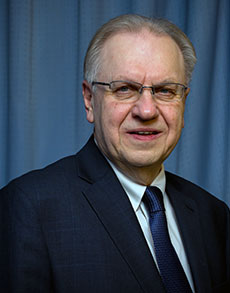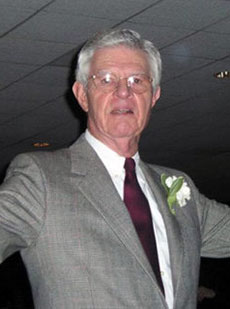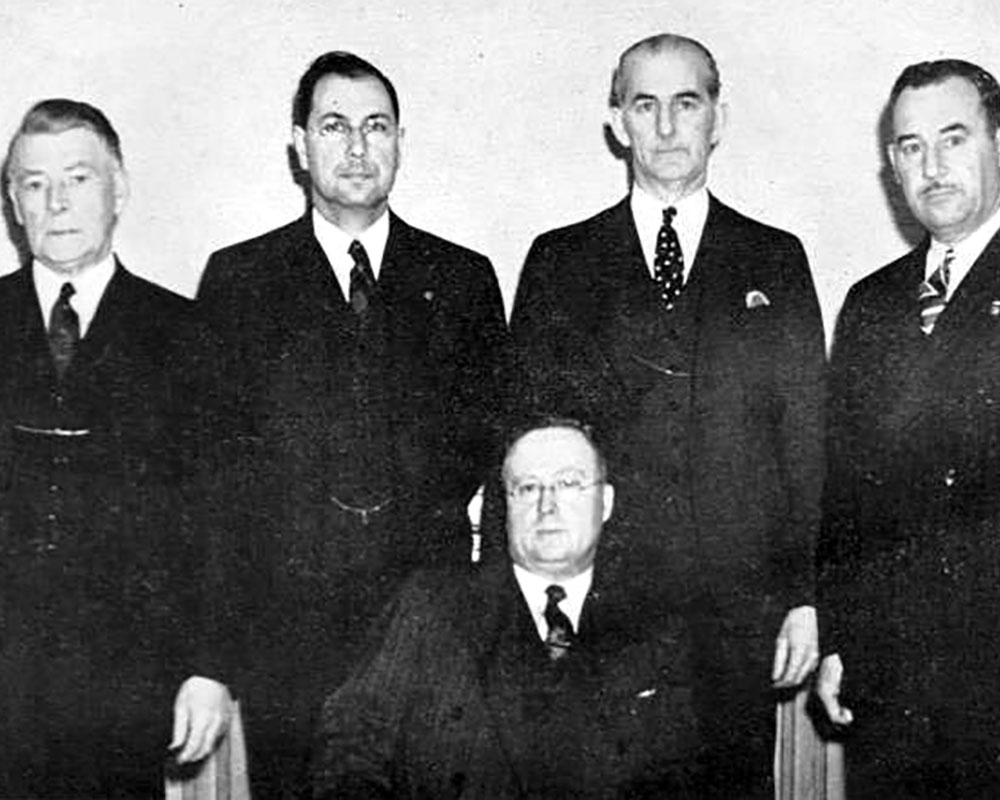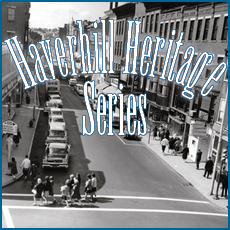If a recent statement by Haverhill’s mayor and the presence of a City Council agenda item this week are any indications, the city’s 51-year-old form of government could be upended in the future.
The City of Lowell, settling a federal court case over the voting rights of minorities, agreed recently to end the practice of electing all of its city councilors and school committee members at large. Instead, under the terms of a consent decree, Lowell will elect all or a majority of elected seats by individual districts prior to the elections of 2021.” At his campaign kickoff, Haverhill Mayor James J. Fiorentini said 20% of the city’s population is Latino and deserves representation.

Haverhill City Councilor William J. Macek. (WHAV News file photograph by Jay Saulnier.)
“Our City Council and our School Committee no longer represent all of our city and it’s time for ward councilors and I am proud to endorse that here tonight. It’s time to change our charter so that we have people elected in every ward and in every section of our city,” Fiorentini told supporters.
On Tuesday night’s City Council agenda, City Councilor William J. Macek asks to “open discussion” about the process for creating a Charter Commission. He attached a 2009 memorandum from City Councilor William D. Cox Jr. noting two methods of creating such a commission—by either having at least 15% of voters requesting it and then putting the question before voters or a home rule petition to the state legislature.
Current Charter Longest Used in City’s History
The last major effort to change city government took place in 1978, but was unable to garner at least 15% of voter’s support. Steven D. Sardella was named chairman of the effort and was joined by members Mary Jordan, future Mayor William H. Ryan, Eugene Kelleher and Jack Connelly. Roger Lemire was also named as a liaison to the city’s various neighborhood associations.

James F. Waldron was the city’s first “strong mayor,” elected in 1967. (Courtesy photograph.)
The city’s current form of government, “Plan A,” is one of six “standard” forms of government offered by the state. The city needs not follow such a boilerplate form, but that’s what voters decided Nov. 2, 1965. Two years later, they elected James F. Waldron as the city’s first “strong mayor.” Plan A has served the city longer than any previous charter.
Haverhill has had only four forms of government since it became a city in 1870. The charter then required a mayor, an 18-member City Council consisting collectively of one alderman from each of the city’s then six wards, a 12-member Common Council with two councilors from each ward and an 18-member School Committee. Up until 1876, the mayor was also a voting member of the City Council. The state legislature took away the mayor’s vote, but gave the post veto power.
After the 1896 annexation of the former Town of Bradford, residents there became part of a new Ward 7, adding another alderman, two more members to the Common Council and two more School Committee members.
From 1908 to 1949, Haverhill operated under the commission form of government with a mayor; four aldermen, who doubled as department heads; and four School Committee members. The city then moved to the city manager form of government with a seven-member City Council. One city councilor would be elected by members as the ceremonial mayor.
Lowell’s recent charter change efforts are driven by a 2017 suit filed by 13 Asian American, Hispanic and Latino community members. They alleged Lowell’s practice of electing a City Council and School Committee without consideration of minority neighborhoods “denies Lowell’s Asian-American and Hispanic/Latino voters an equal opportunity to elect candidates of their choice, in violation of Section 2 of the Voting Rights Act of 1965…and the 14th and 15th amendments to the United States Constitution.”
Papers filed in U.S. District Court in Boston note, “Lowell’s Asian-American and Hispanic/Latino communities combined constitute approximately 41% of the city’s total population, and minorities overall constitute nearly 50% of the total population.”


